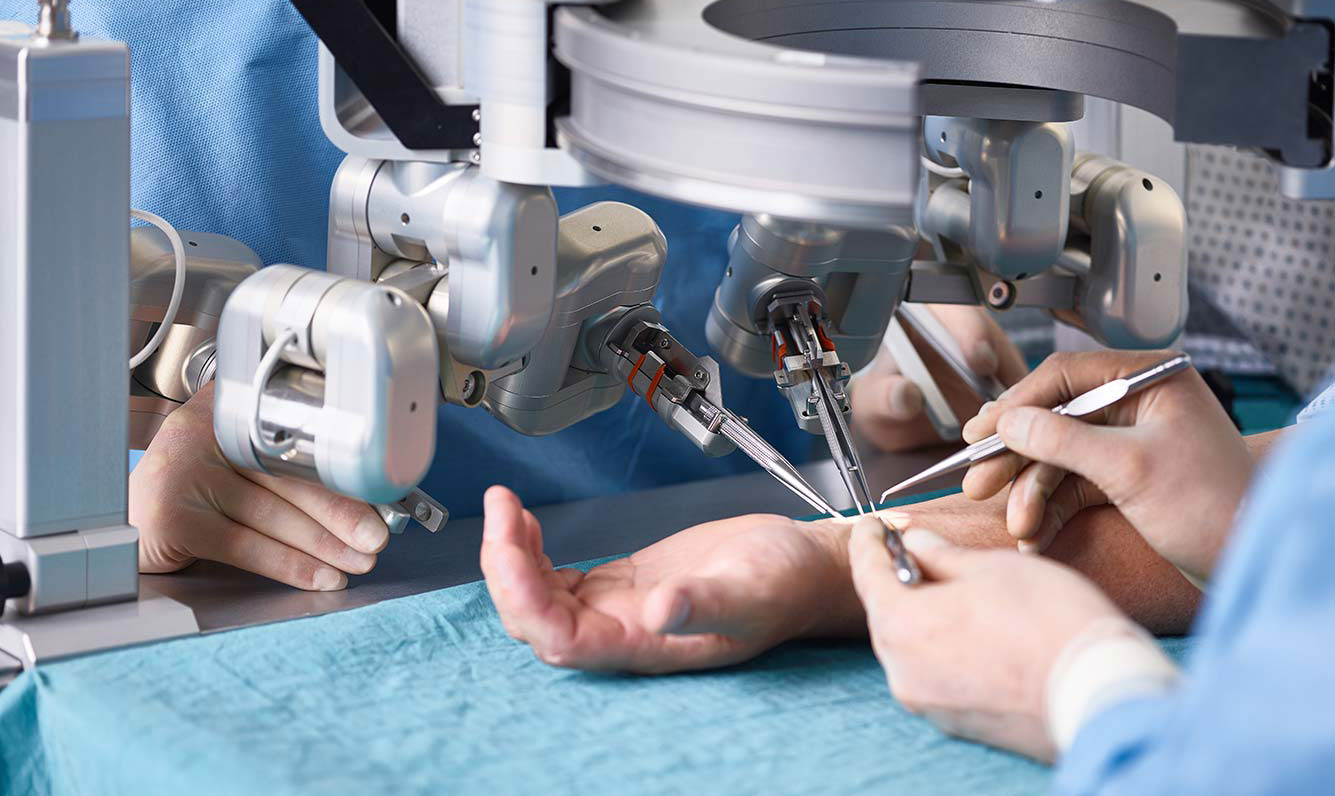
Revolutionizing Precision: The Rise of Robotic Surgery
In the realm of medical advancements, robotic surgery has emerged as a transformative force, reshaping the landscape of precision in surgical procedures. This cutting-edge technology harnesses the power of robotics to enhance surgical capabilities, providing benefits that extend from increased precision to shorter recovery times.
The Mechanics of Robotic Surgery:
At the heart of robotic surgery is the integration of robotic systems with the skills of a surgeon. These systems, equipped with robotic arms and specialized instruments, are controlled by the surgeon through a console. This seamless integration allows for unparalleled precision, as the robotic arms can execute movements with a level of dexterity beyond human capability.
Enhanced Precision and Minimally Invasive Procedures:
One of the primary advantages of robotic surgery lies in its ability to perform highly precise movements in confined spaces. This is especially beneficial in minimally invasive procedures where traditional surgical methods might be challenging. The robotic arms can navigate with precision, making smaller incisions and reducing trauma to surrounding tissues. As a result, patients often experience less pain and faster recovery times.
Applications Across Specialties:
Robotic surgery is not confined to a specific medical specialty; its applications span various fields, including urology, gynecology, cardiothoracic surgery, and more. The versatility of robotic systems allows surgeons to undertake complex procedures with a higher degree of accuracy, leading to improved patient outcomes across diverse medical disciplines.
A Surgeon’s Precision Amplified:
The collaboration between surgeons and robotic systems is akin to a synergy that amplifies the precision of surgical interventions. Surgeons, operating the robotic console, benefit from a three-dimensional, high-definition view of the surgical site. This enhanced visualization, coupled with the robotic arms’ steadiness, empowers surgeons to perform intricate procedures with unparalleled accuracy.
Shortening Recovery Times:
Robotic surgery’s minimally invasive nature contributes significantly to shorter recovery times for patients. Smaller incisions reduce the risk of infection, minimize blood loss, and accelerate the healing process. This aspect is particularly advantageous for patients undergoing elective procedures, allowing them to return to their normal activities more swiftly.
Challenges and Evolving Technologies:
While robotic surgery has revolutionized many aspects of healthcare, it is not without its challenges. Cost constraints, training requirements, and the need for ongoing technological advancements are areas that the medical community continues to address. However, as technology evolves, these challenges are progressively being overcome, paving the way for even more widespread adoption of robotic surgical techniques.
The Future of Surgical Precision:
Looking ahead, the future of surgical precision seems intricately tied to the evolution of robotic surgery. As advancements in artificial intelligence and robotics continue, we can anticipate even more refined and intelligent robotic systems. These systems may possess enhanced decision-making capabilities, further augmenting the precision and safety of surgical procedures.
To delve deeper into the world of robotic surgery and stay abreast of the latest developments, visit Robotic Surgery. This dedicated resource offers insights into the ongoing advancements in robotic surgical technology, providing a glimpse into the future of precision in surgical interventions.
